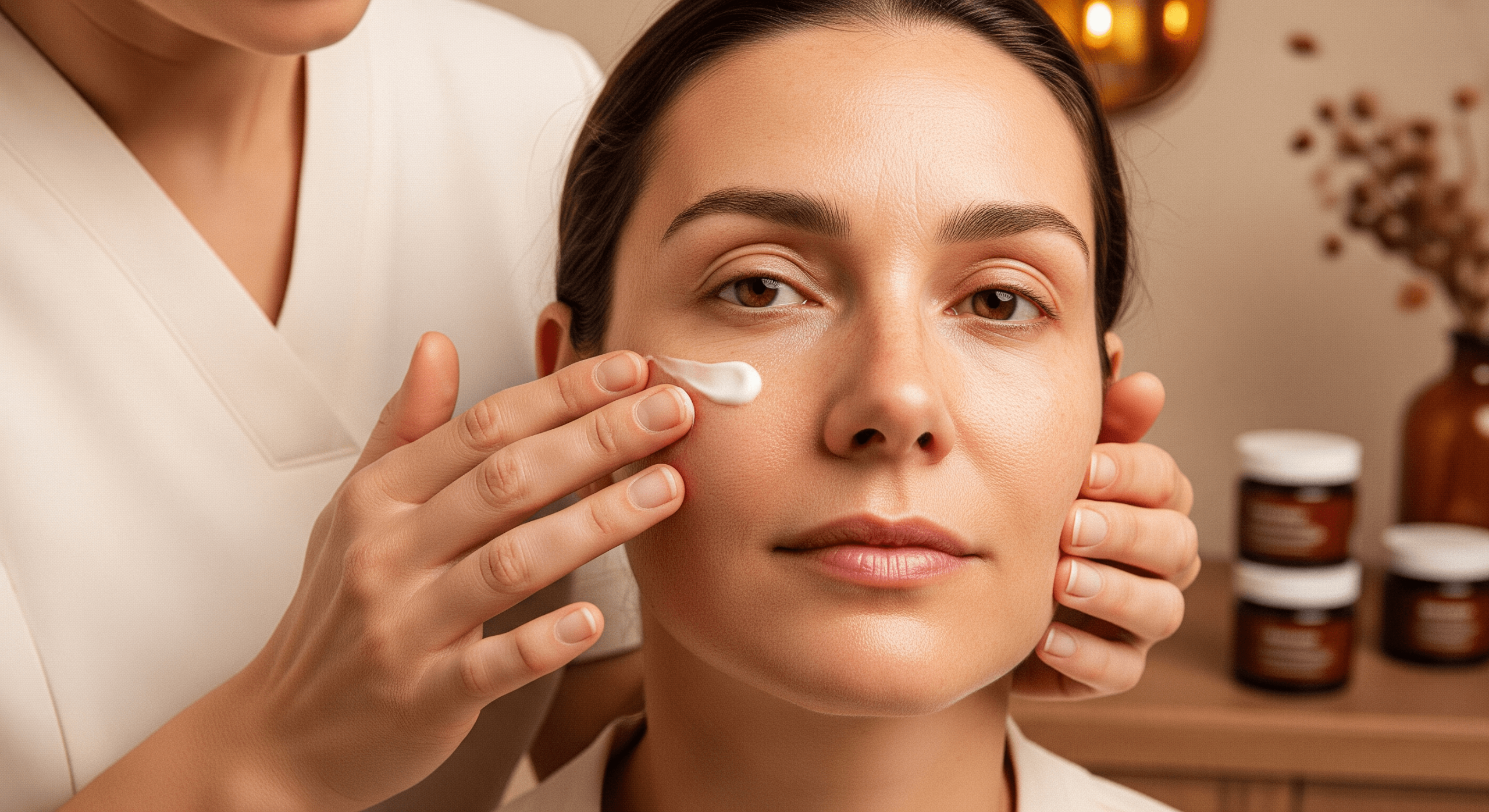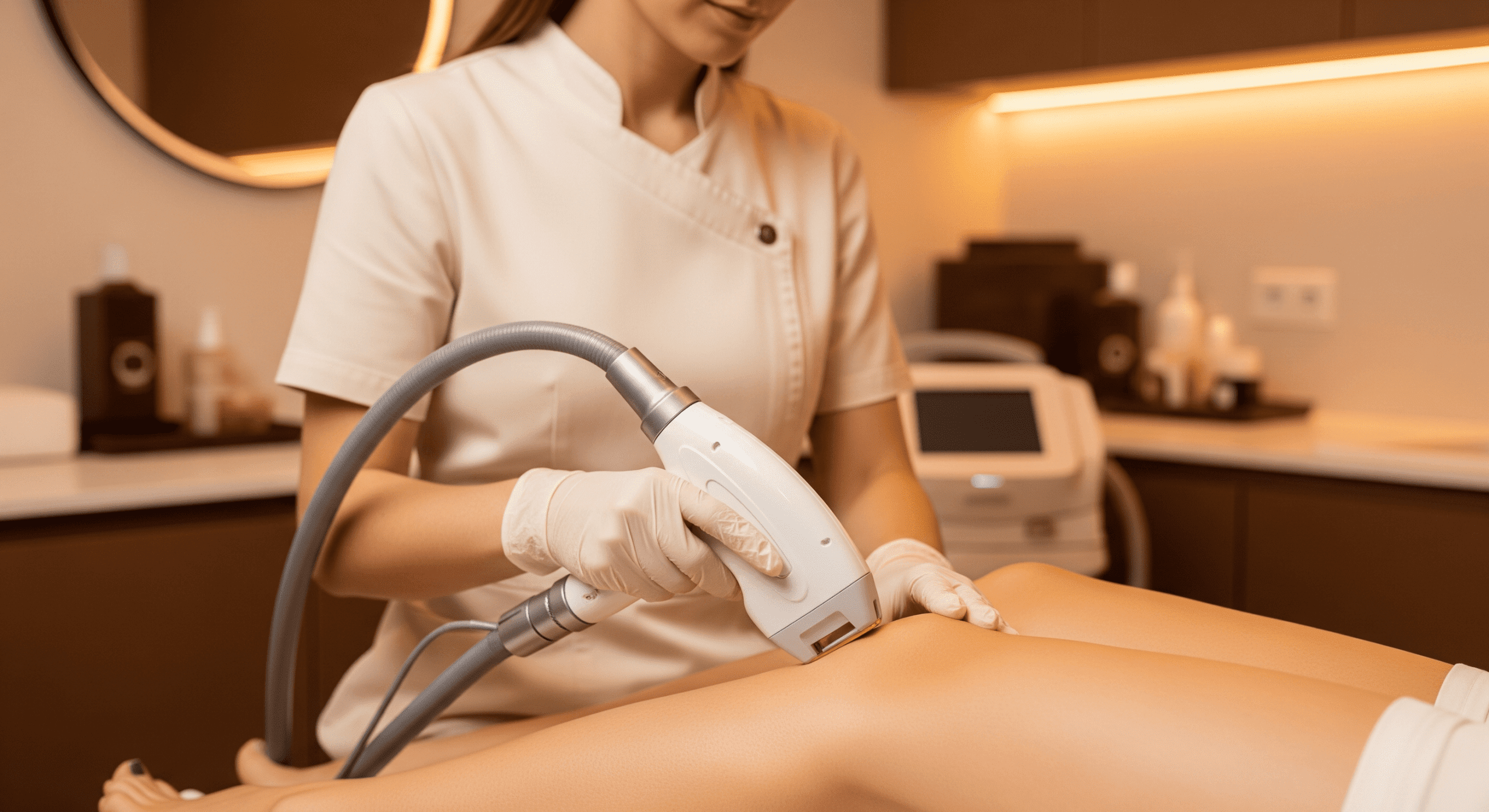When you invest in advanced skin treatments—whether it’s laser resurfacing, microneedling, injectables, or body contouring—you want the best possible results. One of the most common questions at Skin Care Institute is, “What should I do before and after my treatment?” The answer can make all the difference between an average experience and truly transformative results.
In this blog, you’ll find clear, medically backed guidance on how to prepare and care for your skin, what to expect at each stage, and why following expert advice is key to getting the glowing, healthy skin you’re after.
Jump To:
- How to Prepare Before Advanced Skin Treatments
- What to Do Immediately After Advanced Skin Treatments
- Long-Term Habits for Lasting Results
- Realistic Expectations: What Most Patients Experience
- Key Takeaways
- FAQs
TLDR – Quick Guide
- Preparing your skin weeks in advance leads to smoother, more even results.
- Following aftercare instructions speeds up recovery and protects your investment.
- Consistency in skincare and healthy lifestyle habits makes a real difference.
- Communicate with your provider about any changes, side effects, or questions.
Detailed Breakdown
How to Prepare Before Advanced Skin Treatments
1. Schedule a Consultation
Start with a thorough consultation with a qualified provider. They’ll assess your skin type, medical history, and aesthetic goals to design a customized plan.
2. Avoid Sun Exposure
Minimize direct sun exposure and always use a broad-spectrum SPF for at least two weeks before your appointment. Sunburned or tanned skin can increase the risk of complications and may delay your treatment.
3. Pause Active Skincare Ingredients
Stop using retinoids, exfoliants, and certain acids (like glycolic or salicylic) at least 3–5 days before your procedure, unless instructed otherwise by your provider. These ingredients can make your skin more sensitive.
4. Disclose Medications and Medical Conditions
Inform your provider about any medications, supplements, or medical conditions. Some drugs—like blood thinners or acne medications—may require adjustments before treatment.
5. Stay Hydrated and Healthy
Drink plenty of water and maintain a healthy diet leading up to your session. Well-hydrated skin responds better to treatment and heals more quickly.
6. Prepare Your Schedule
Plan for possible downtime. Some treatments, such as laser resurfacing or deeper chemical peels, may cause redness, flaking, or swelling for a few days. Arrange your calendar to avoid major events immediately after.
What to Do Immediately After Advanced Skin Treatments
1. Follow All Post-Treatment Instructions
Your provider will give you specific aftercare instructions—follow these exactly. Proper aftercare minimizes risks like infection or scarring and helps your skin heal optimally.
2. Soothe and Protect Your Skin
Use gentle cleansers and moisturizers as recommended. Avoid harsh products, and don’t pick at any flaking or peeling skin. Cold compresses can help reduce swelling or discomfort.
3. Avoid Sun and Heat
After most procedures, your skin will be more vulnerable to the sun. Stay indoors as much as possible, use physical sun protection (hats, sunglasses), and avoid hot showers, saunas, or exercise that causes heavy sweating for several days.
4. Hold Off on Makeup
Give your skin time to recover before applying makeup, especially after lasers or microneedling. Your provider will tell you when it’s safe to return to your routine.
5. Stay Hydrated and Eat Well
Continue to drink water and eat nutrient-rich foods to support the healing process from within.
Long-Term Habits for Lasting Results
1. Consistent Skincare Routine
After your skin has healed, return to a consistent regimen that includes SPF, antioxidants, and gentle hydration. This maintains your results and prevents future damage.
2. Schedule Maintenance Treatments
Some results—such as those from injectables or lasers—are best maintained with regular follow-up treatments as recommended by your provider.
3. Communicate with Your Provider
Report any persistent redness, swelling, or unexpected side effects right away. Early intervention ensures the best possible outcome.
Realistic Expectations: What Most Patients Experience
- Quick wins: Smoother texture, improved tone, and subtle radiance within days to weeks.
- Gradual improvements: Firmer skin, reduced lines, and more even pigment as collagen builds or inflammation settles.
- Long-term success: Lasting results when combined with healthy habits and routine maintenance.
Key Takeaways
- Preparation and aftercare are just as important as the treatment itself.
- Following professional advice before and after advanced skin treatments helps achieve your best possible results.
- Your unique timeline depends on your skin, treatment type, and how closely you stick to your plan.
- Consistency, communication, and sun protection are the secrets to beautiful, long-lasting results.
FAQs
What should I avoid before advanced skin treatments?
Avoid sun exposure, tanning, harsh skincare ingredients, and disclose all medications or health changes to your provider.
How soon can I see results?
Some treatments provide immediate glow, while deeper results—like collagen production—may take weeks or months.
Can I speed up my recovery?
Yes, by following aftercare instructions, staying hydrated, and avoiding sun, you can encourage faster, safer healing.
Are results permanent?
Most results are long-lasting with regular maintenance and a healthy lifestyle, but some treatments require periodic follow-up.
What if I experience a reaction?
Contact your provider promptly for guidance—don’t try to treat complications at home.


